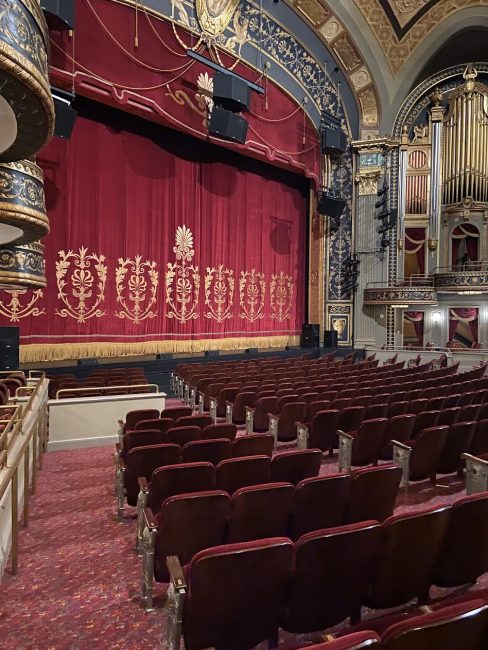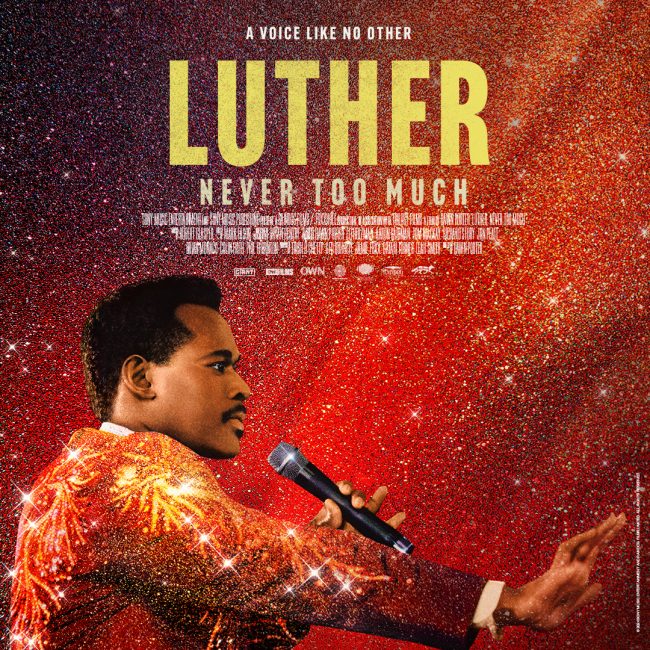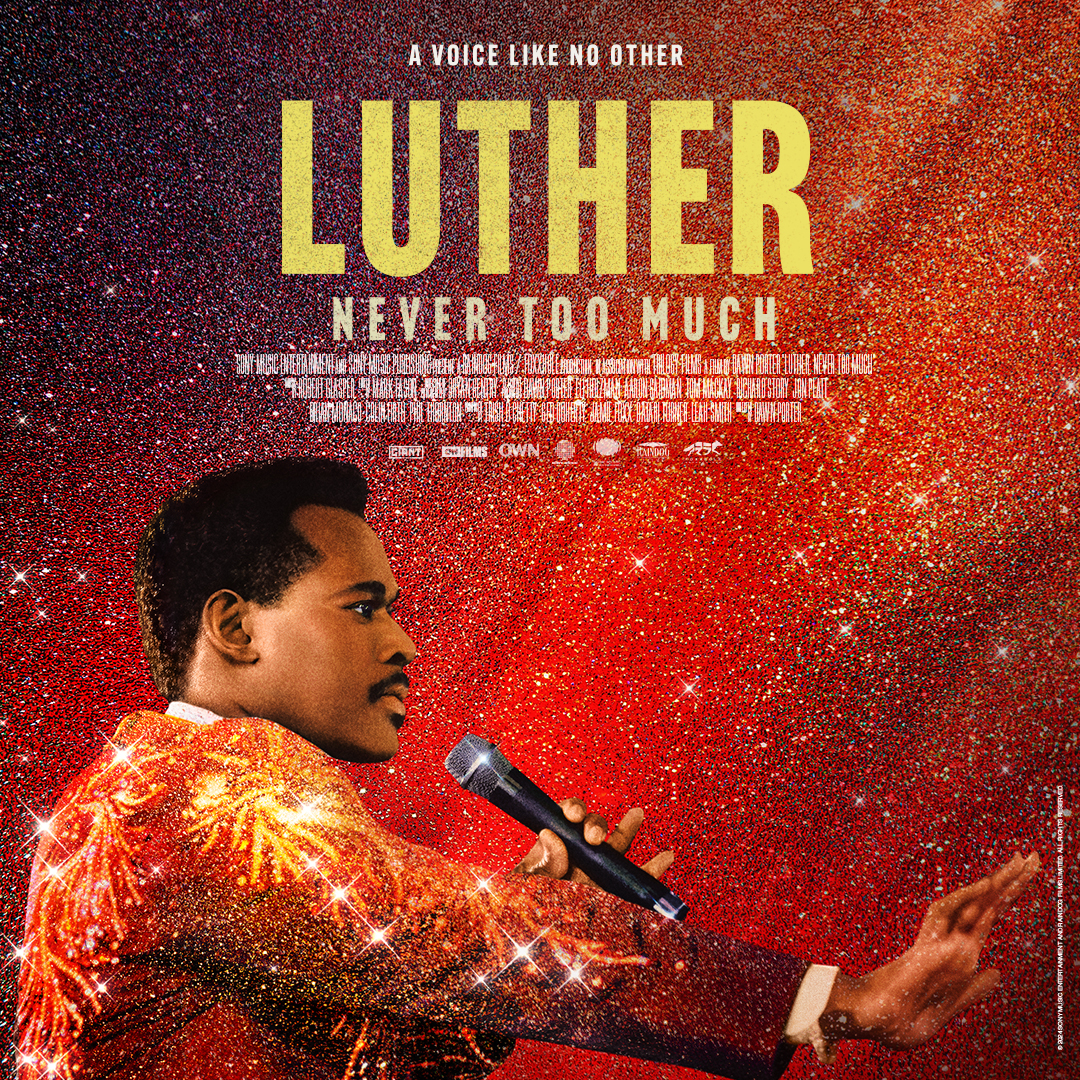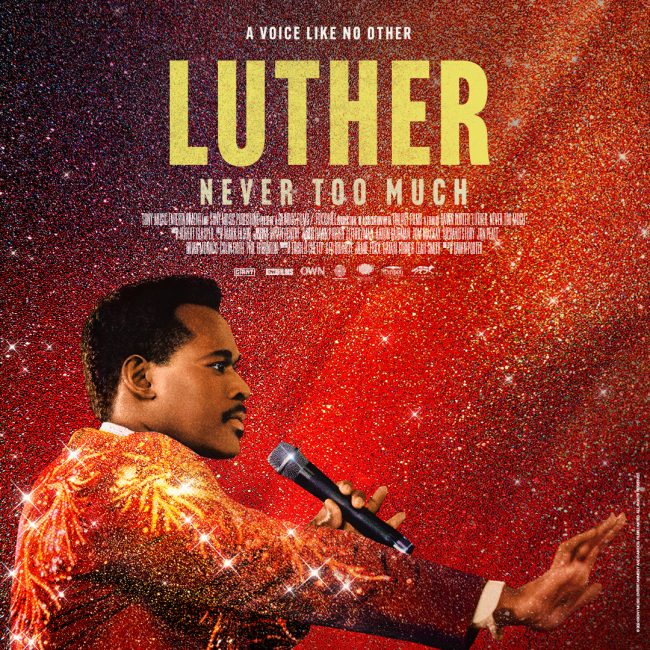Throughout the past year, I’ve had the opportunity to visit several stunning historic theaters across the country. Some of my favorite theaters include the Carpenter Theater in Richmond, the Temple Theatre in Saginaw, the Granada Theater in Santa Barbara, and the Palace Theater in Waterbury. While many may not consider touring theaters when visiting cities, these venues offer a remarkable insight into entertainment history. Most of these theaters were constructed in the 1920s, initially serving as vaudeville houses before transitioning into movie theaters with Wurlitzer organs accompanying silent films and eventually returning to hosting live performances.
The Palace Theater, with its luxurious tomato-red velvet curtain, has hosted a myriad of iconic performers over the years, from Frank Sinatra, Bing Crosby, and Jackie Gleason to Fleetwood Mac, Bob Dylan, and the Grateful Dead.
In 1924, during a performance by magician Harry Houdini, a crew had to cut an 8-foot-wide hole in the stage floor for a trap door. The hole was later patched up. Unfortunately, when Ringling Bros and Barnum & Bailey Circus visited, an elephant named Shirley fell through the patched hole from Houdini’s act several years earlier. Sadly, the management had to put the animal down as they could not rescue it. Shirley, the elephant, is now part of Palace Theater lore as one of the four friendly spirits that supposedly haunt the theater.

In contrast to today’s black box-style theaters designed to accommodate various stage productions, these historic theaters, with their gleaming neon marquees, elegant lobbies, gold detailing, crystal chandeliers, and Art Deco carvings, were solely intended to transport their audiences from the mundane of everyday life to a magical world. The sumptuous plushness of the velvet seats instantly makes you feel like you’re about to experience something extraordinary.
During the pandemic, people stopped attending live shows for health and financial reasons. Still, they continued to stream music, films, and TV in record numbers, proving that entertainment is a necessary commodity. Divabetic’s podcasts, virtual workshops, and YouTube videos also experienced an uptick. There was a prevailing notion that live theater was a luxury. If that notion still holds, creating elaborate, glamorous theater spaces that encourage people to dress up, celebrate, and experience the joys of life is truly invaluable.
Watching performances by Itzhak Perlman and Rohan De Silva in these beautiful settings is a treasure.
We’re talking about movie characters with diabetes, including Steel Magnolias, Soul Food, Mad Money, The Baby-Sitter Club, and Nothing In Common. How realistic are these portrayals? How accurate is information about diabetes and diabetes self-care? And how do we feel after viewing them? With all the emotional and physical complications comes drama, making characters with the condition a good plot point on the silver screen.
Guests include Patricia Addie-Gentle RN, CDE, Glucose SOS founder Pamela Heyward, Constance Brown-Riggs MSEd, RD, CDE, CDN, Kent Gash, Jessica Clark, and Muniq Gut Health Shakes Founder Marc Washington.
Throughout this podcast, we will feature music from the album Score by 2Cellos, courtesy of SONY Music.
Divabetic’s monthly podcasts are dedicated to Music Lovers living with, at risk, and/or affected by diabetes. We aim to be the epicenter of the circle of care, a link between patients and their healthcare providers, a translator of clinical speak, and a bridge between denial and acceptance, fear and confidence.

Divabetic was inspired by the late music legend, Luther Vandross and created in 2005 by Max ‘Mr. Divabetic Szadek, who, as Vandross’ assistant of 14 years, witnessed his boss, mentor, and friend struggle in silence and solitude with diabetes and its related complications.




